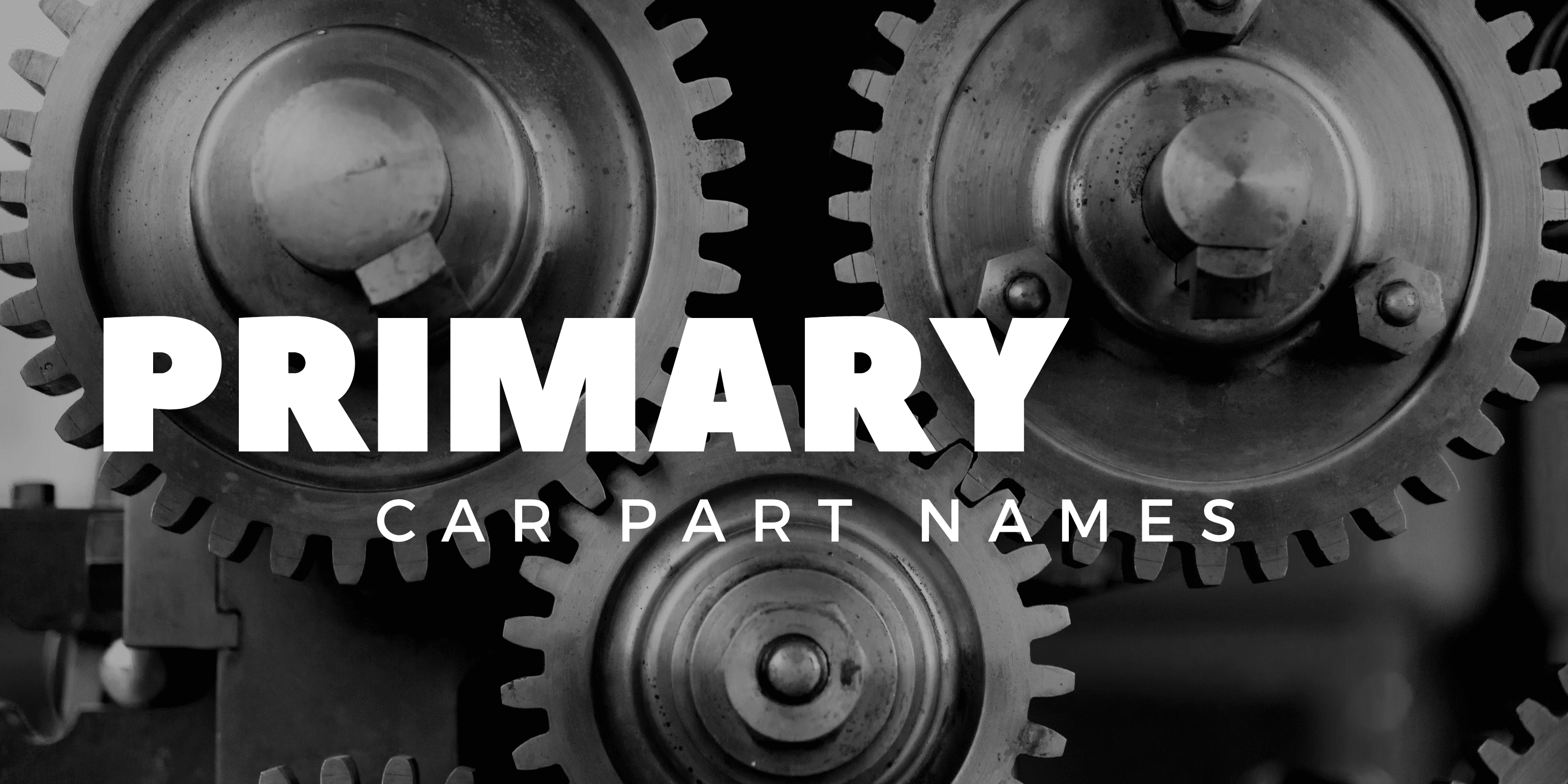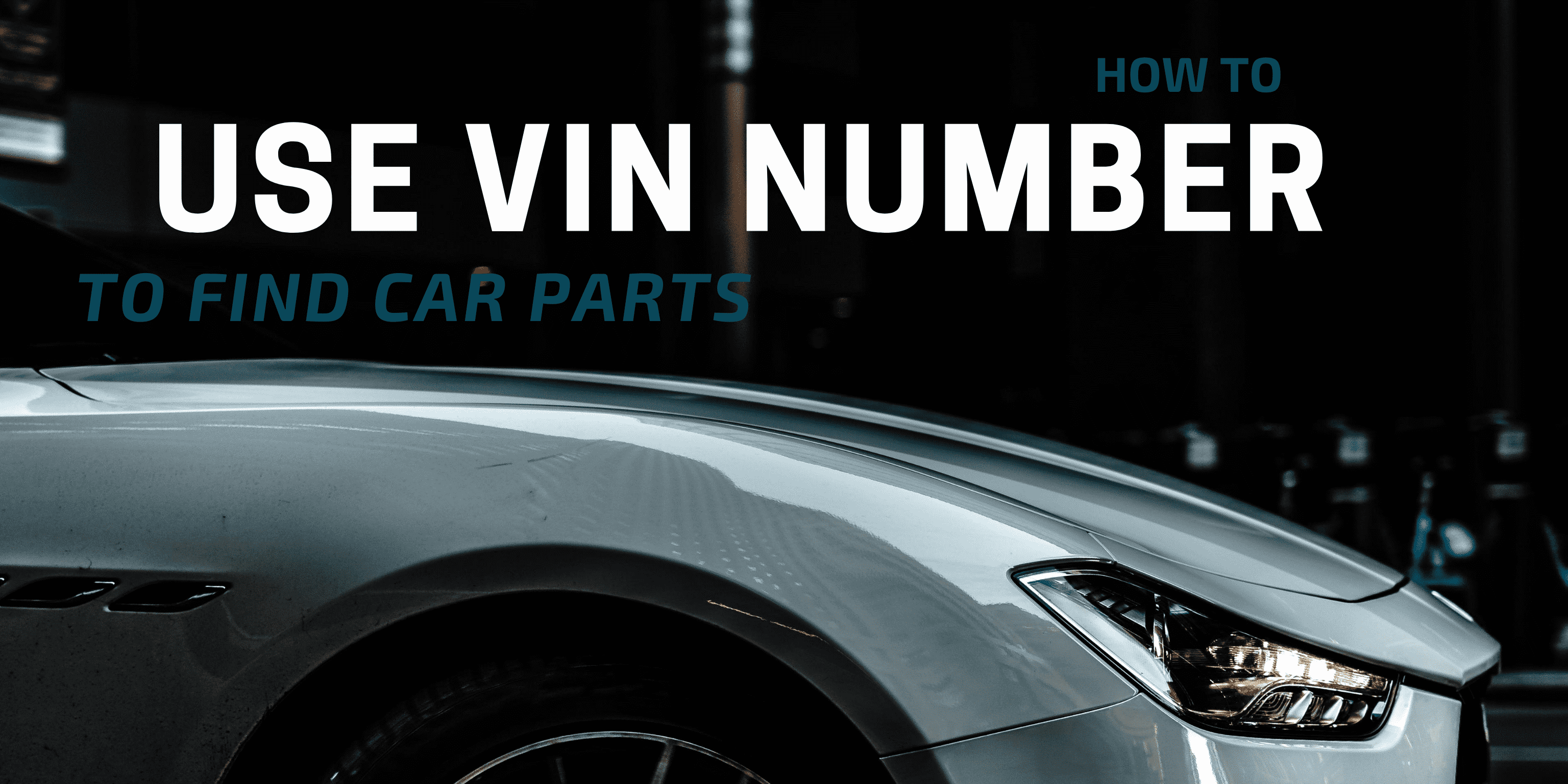From the clutch to the catalytic converter, your car is made up of many parts that work together to make it run smoothly. Knowing the names and details of your car parts list might seem like a chore, especially when it's not your area of expertise. However, understanding how all these parts work to keep your car on the road will be beneficial to you in the long haul.
Learning car part names not only makes you an educated consumer, but it also gives you an edge when you're conversing with your mechanic, or you're buying/selling a car.
Basic Car Parts List
Whether you service your car yourself or take it to your mechanic's workshop, learning about the various parts in your car will help you make informed decisions about your vehicle maintenance. Some of the basic mechanical parts you should know about include:
- Clutch
- Engine
- Alternators
- Axle shaft
- Brakes
- Fuel injectors and spark plugs
- Steering system
- Catalytic converter
#1. Clutch
The clutch is a device that transfers rotational power from the engine to the wheels. It engages and disengages the car wheels from the engine without stopping the engine from running. It consists of two key components, a clutch plate and the flywheel. The clutch plate connects to the transmission, while the flywheel connects to the engine.
With proper maintenance, your clutch can last up to 80,000 miles. Problems associated with clutch include wearing, leaks, misalignment, broken cable, air in the hydraulic line, or hard clutch.

#2. Engine
The engine, also referred to as the internal combustion engine, is the heart of your vehicle. It converts heat from burning gas into torque, which is then applied to the wheels to make the car move.
The engine is made up of several components that work simultaneously. They include engine block, pistons, crankshaft, camshaft, cylinder head, and timing belt/chain.
Some common problems associated with car engines include poor compression, cracked engine block, damaged pistons, rings or cylinders, worn or broken rods, pins, or bearings.

#3. Alternators
The alternator powers your vehicle's electrical system by using alternating current to convert mechanical energy to electrical energy. It also recharges the battery using mechanical energy generated from the vehicle's motion.
If you have a faulty battery, it could mean it has been overcharged from a faulty voltage in the alternator.
.png)
#4. Axle Shaft
Axle shafts rotate the wheels of your vehicle. They are fixed to the wheels of your vehicle to support its weight and maintain the position of the wheels. They come in three standard types:
- Rear-axle
- Front axle
- Stub axle
Rear-axle delivers power to the driving wheels and, most times, rotates with the wheels of the car. The front axle is found in the front of the car, and it's responsible for steering and absorbing shocks from an uneven road surface. The stub axles are also attached to the front axle in the car's front wheels.
There are a few signs of a faulty axle shaft, and they include a loud clunk from your car when it's put in gear or vibrations when you kick start your car. The axle shaft is vital to the smooth running of your vehicle, so ensure they are always working correctly.
.png)
#5. Brakes
Your car brakes are one of the most crucial safety systems found in your vehicle and allow you to slow down and stop your car. The most common brake system found in vehicles are disc brakes or drum brakes. The disc brakes are found on the back and front wheels, while the drum brakes are found on the back wheels of your car.
Disc brake components include calipers, brake pads, and brake rotors, while drum brakes include brake shoes and wheel cylinders.

#6. Fuel Injectors and Spark Plugs
The primary function of the fuel injector and spark plugs is to ignite the fuel inside the engine cylinder. While fuel injectors are fitted inside diesel engines, spark plugs are fitted inside a petrol engine.
Damaged spark plugs can lead to several engine problems such as poor fuel economy, hard starts, increased emissions, and misfires. When changing a damaged spark plug, replace the spark plug wires too.
When deposits build up in your fuel injector, it decreases the amount of fuel the injector sprays. When this happens, your car can develop performance problems, such as jerking.

#7. Steering System
A steering system is a group of parts that sends the directions of the steering wheel to the steering shaft, which allows a car to go in the desired direction. Most cars use the rack and pinion steering system. This system involves the steering pinion locking teeth with the rack. It transforms small turns of the wheels into big rotations of the steering wheel. This gives a direct feel to the steering.
Irrespective of your car's make or model, your steering system will include:
- axial rods
- tie rod ends
- rod assemblies
- center arms
- drag links
- steering rack gaiter kits
- wheel-end bearings

#8. Catalytic Converter
This is an automotive exhaust system component that regulates emissions from your car. It is built with stainless steel that contains catalysts to decrease oxides from carbon monoxide, nitrogen, and hydrocarbon. It removes pollutants from exhaust gasses before they are expelled from the car's exhaust system. It makes exhaust gasses less harmful to the environment.

Know Your Vehicle
Knowing your vehicle inside and out is an essential part of owning a car. This car parts list includes the most fundamental parts you should be aware of. Talking to a skilled professional is a great way to learn more information, ensuring you understand the workings of your car, making it easier to spot trouble should something malfunction.



